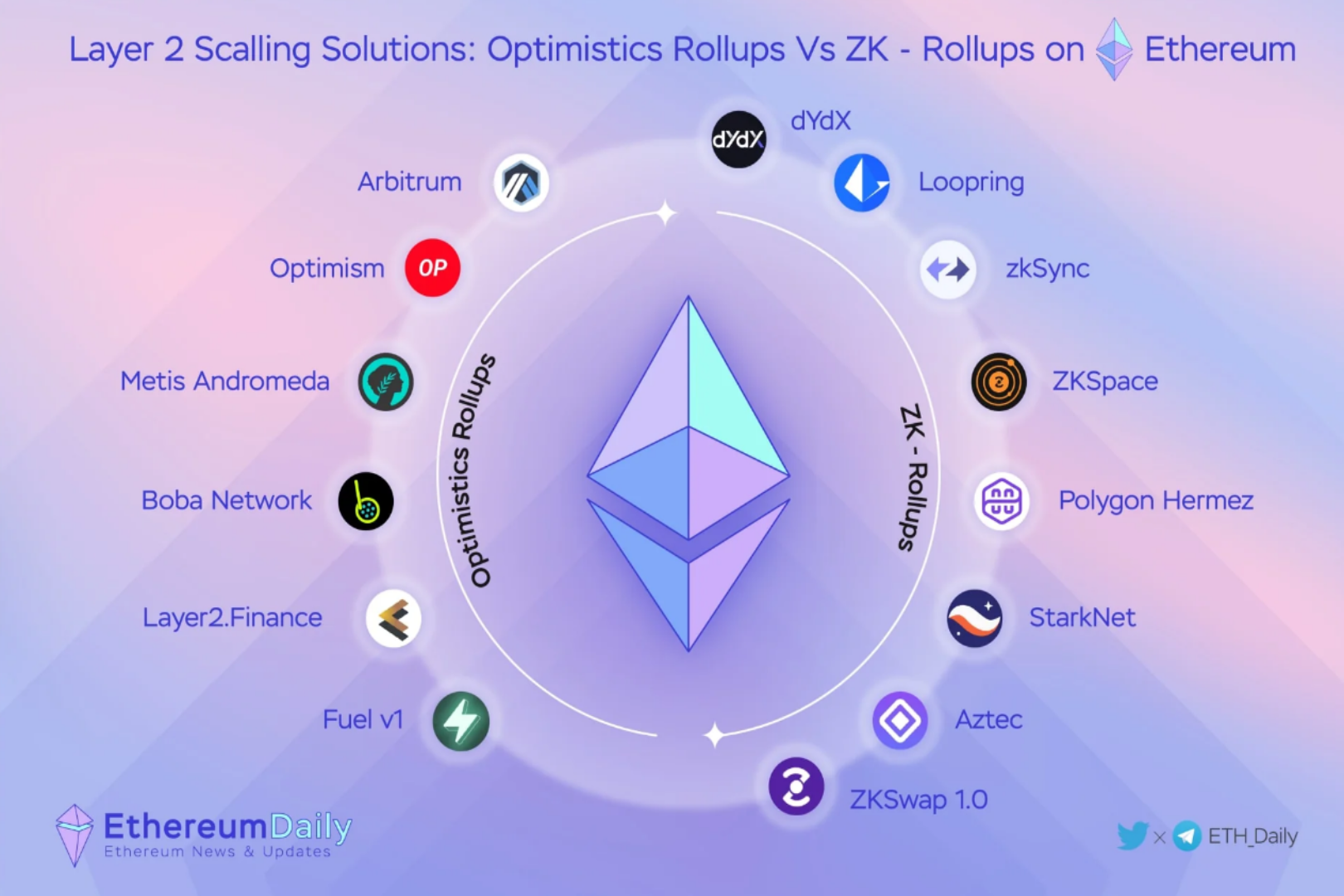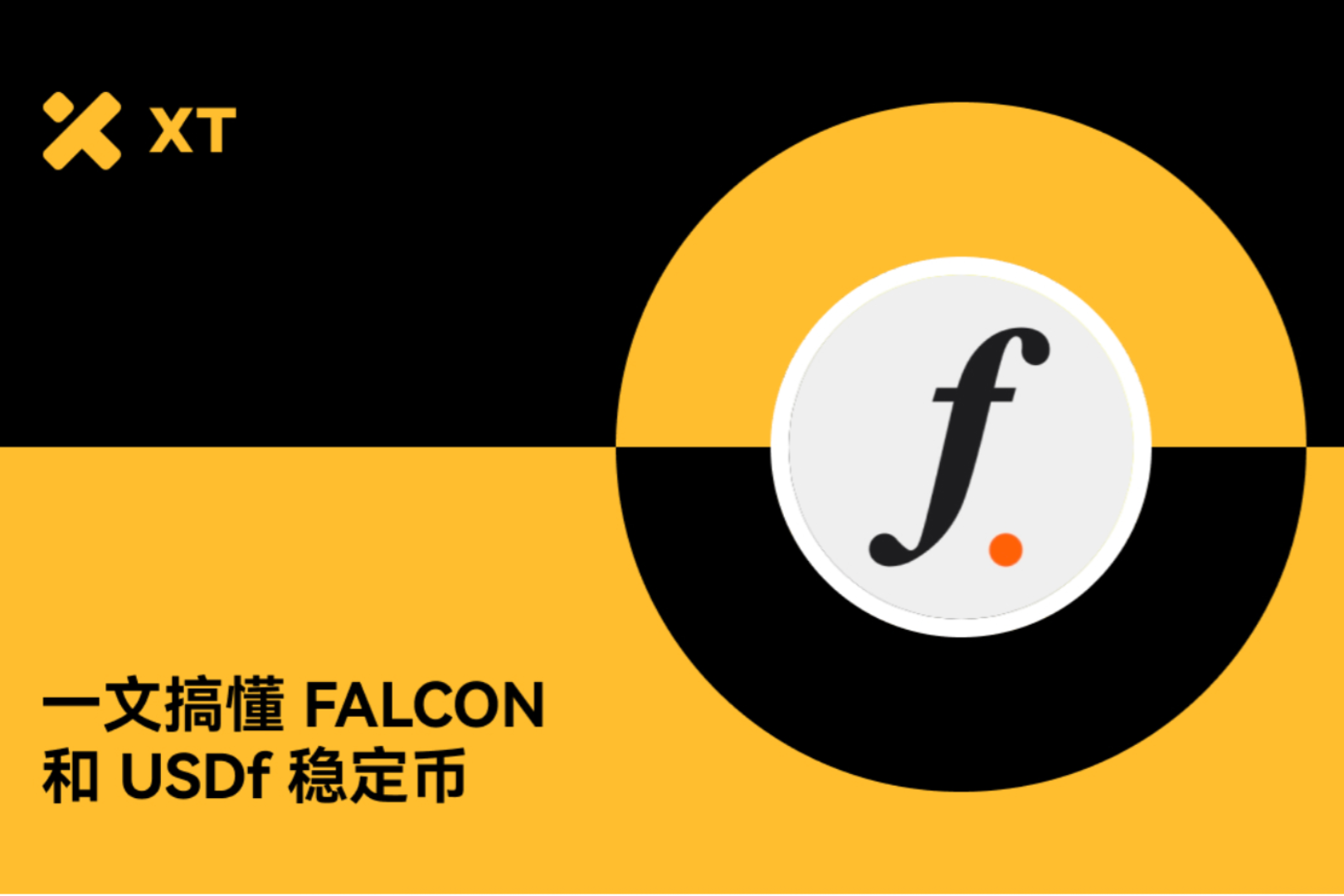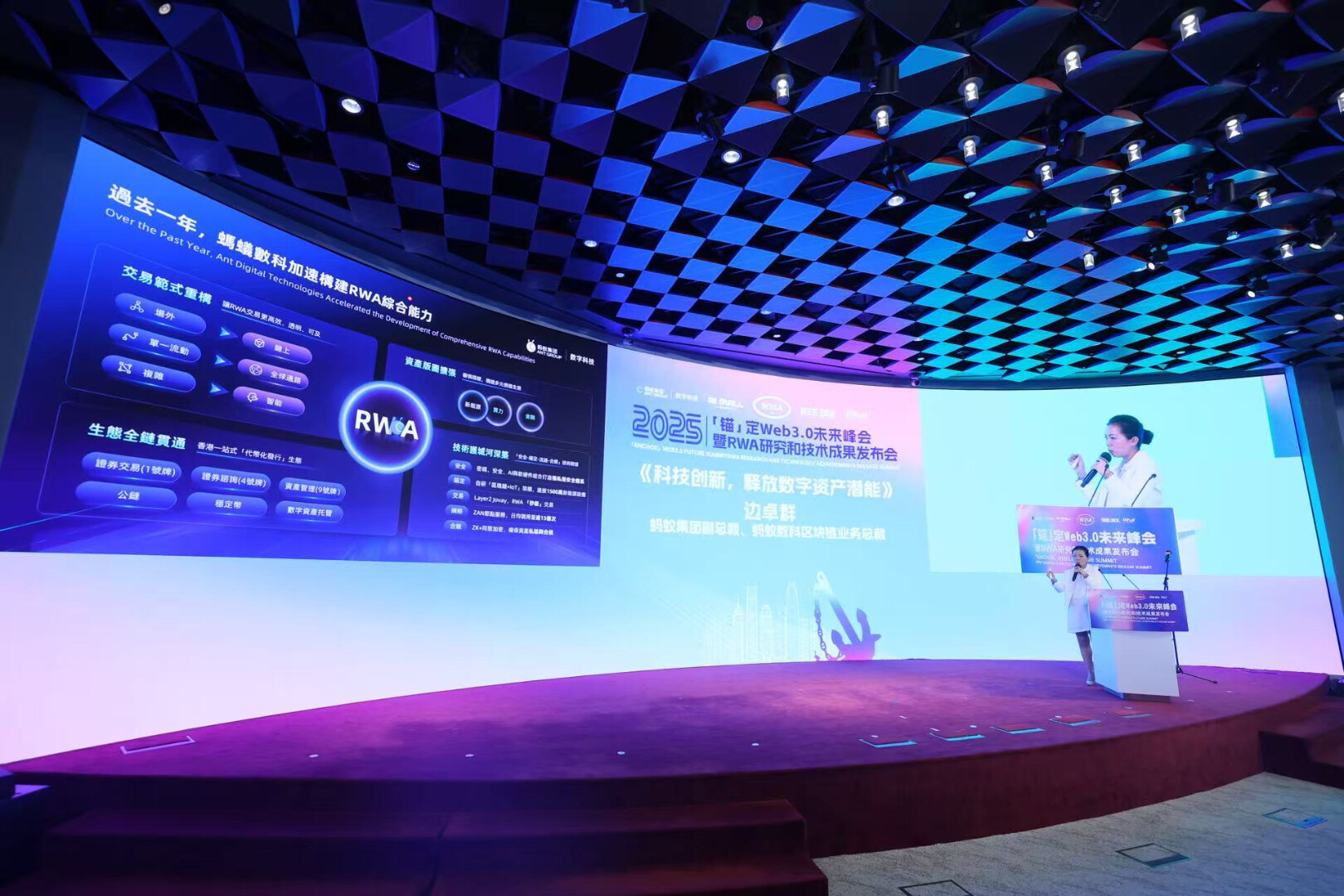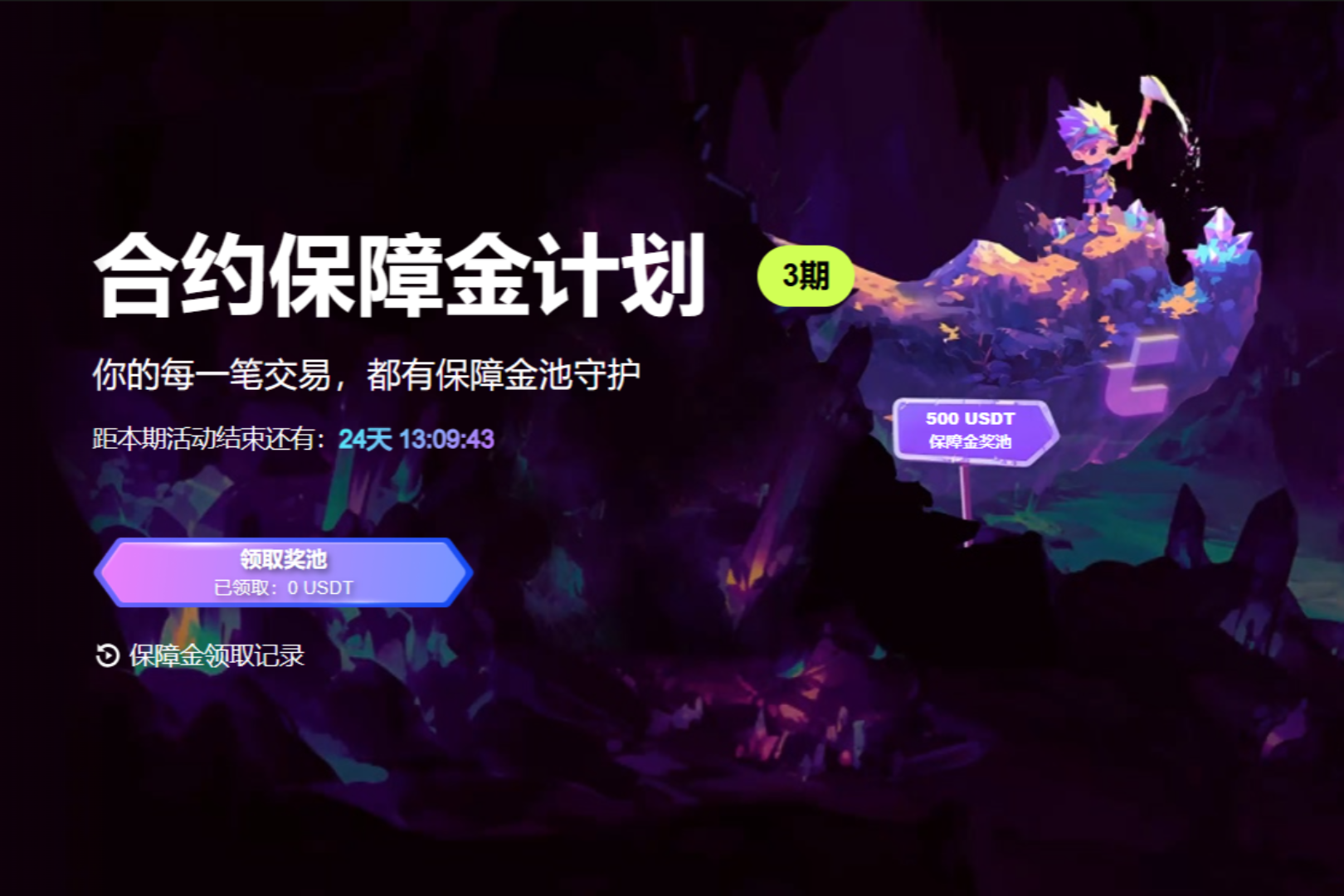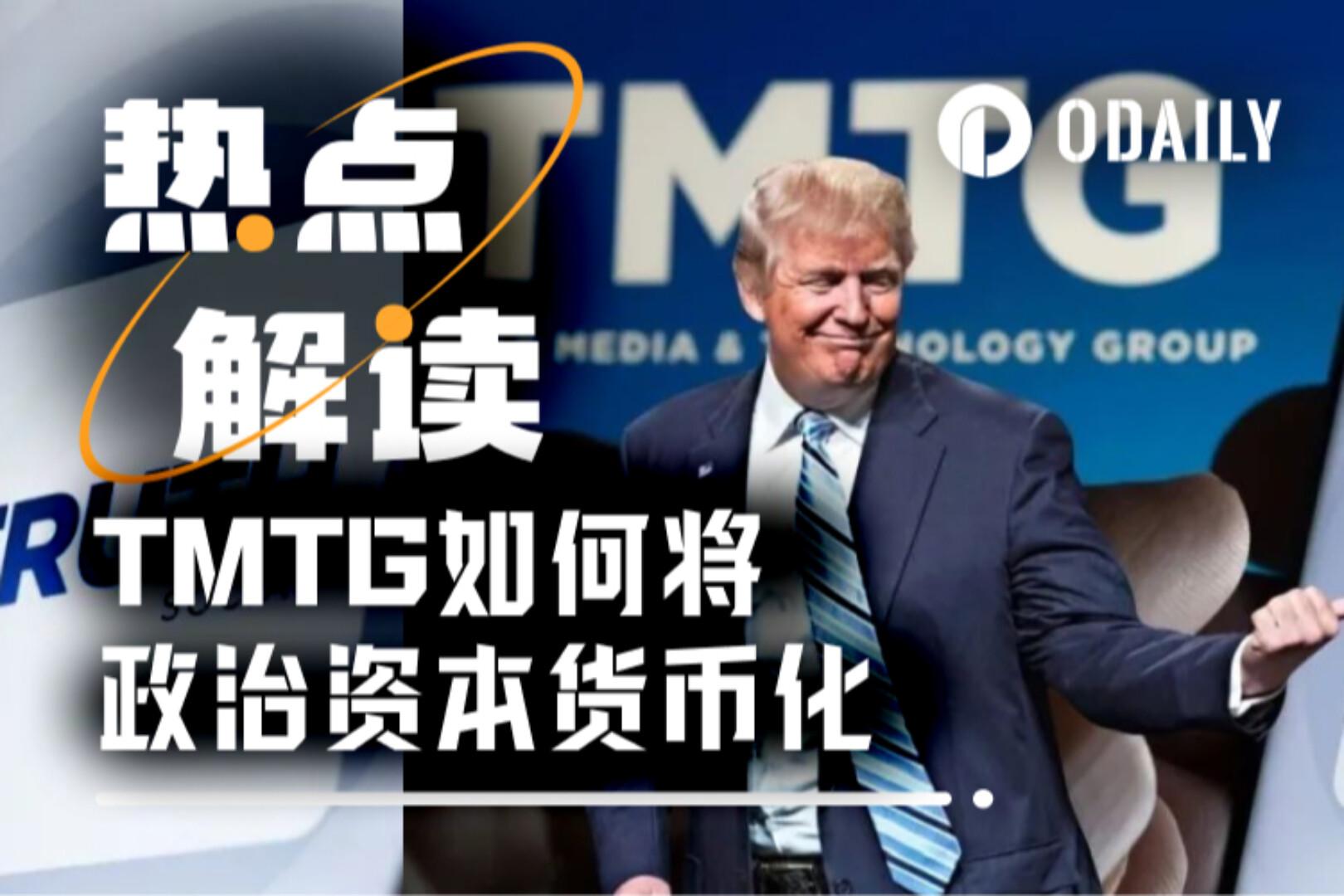With the rapid development of the tokenization of real-world assets (RWAs), the market is increasingly arguing that "everything can be RWA." The "RWA Industry Development Research Report: Industry 2025," released in Hong Kong on August 7th, challenges this blindly optimistic attitude and systematically proposes criteria and a framework for asset screening.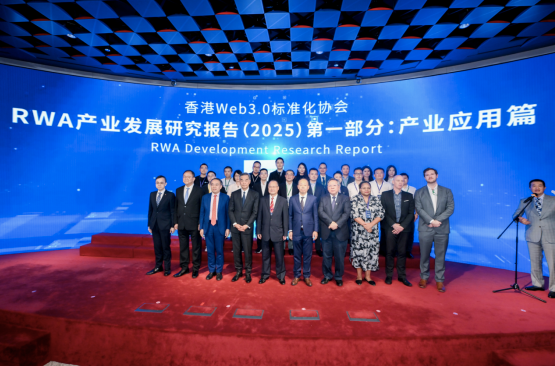
The report points out that not all assets are suitable for the three major thresholds of value stability, legal title clarity, and off-chain data verifiability. RWA tokenization, "everything can be RWA" is a false proposition. Assets that successfully achieve large-scale landing need to meet
The RWA industry is currently at a critical juncture in its transition from proof-of-concept to real-world applications. According to Deflama data, by June 2025, the total value locked (TVL) of RWA will reach $12.5 billion, a 124% increase from 2024. RWA tokenization has become a key focus for the global financial and blockchain industries, fostering a collaborative effort among traditional institutions, financial institutions, technology companies, and crypto projects.
Various entities are accelerating the transition of RWA from proof-of-concept to large-scale application through cross-industry collaboration, compliance pilots, and underlying technology innovation. For example, leading global banks such as Citigroup and Standard Chartered are exploring RWA applications in payment settlement, asset management, and cross-border transactions. Ant Financial has launched Jovay, a blockchain platform designed specifically for institutional-level RWA transactions, significantly improving throughput and reducing user response times.
As different asset types are gradually tokenized on the chain, new energy has become an ideal anchor asset for RWA due to its "rigid demand" and trusted "digital genes". At the same time, although the application scenarios of real estate RWA continue to expand, several representative typical directions have been formed in practice. For example, there are five mainstream assets: financial assets such as gold, bonds, accounts receivable, and funds; new energy assets such as charging piles and photovoltaics; real estate such as hotels and real estate; intangible assets such as carbon credits, data, and intellectual property rights; and computing power assets such as GPU hardware. RWA represents "Chinese characteristics" and demonstrates the huge potential of green finance and real economy financing scenarios. Computing power assets such as GPUs have also been explored in the AI industry "RWA" in fields such as commercial real estate, but face challenges such as differences in property registration, inconsistent valuations, and local regulatory compliance.
The report also pointed out that the deep integration of RWA and stablecoins marks a paradigm upgrade of "on-chain finance", solves the problems of "idle transactions" and "rootless tokens" in the crypto ecosystem, and promotes the transformation from simple "cryptocurrency speculation" to "on-chain value Internet".
In response to the new opportunities presented by RWA, regulators have gradually adopted the principle of penetrating supervision and sandbox testing mechanisms, aiming to provide a clear and compliant path for industry innovation. Regulatory agencies around the world generally adopt the principle of penetrating supervision and establish market barriers through the establishment of licensing access systems. They have also established regulatory sandbox mechanisms to provide a controlled testing environment for innovative applications.
The report emphasizes that the rise of RWAs is not accidental, but rather the result of a combination of factors, including the lack of liquidity in traditional assets, the increasing maturity of blockchain technology, and evolving market demand. However, the development of RWAs still faces significant risks, such as significant regulatory differences between countries, insufficient transparency of off-chain data, and the illiquidity of some assets. Furthermore, technical security vulnerabilities and contractual complexity are potential risks. Therefore, while pursuing technological innovation, it is crucial to prioritize risk management and compliance.
It is understood that the "RWA Industry Development Research Report·Industry Edition 2025" was initiated by the Hong Kong Web 3.0 Standardization Association, the Hong Kong Polytechnic University, the Digital Economy Research Center of the Guangdong-Hong Kong-Macao Greater Bay Area International Information Technology Association, and the IEEE Computer Society Blockchain and Distributed Ledger Standardization Committee.

